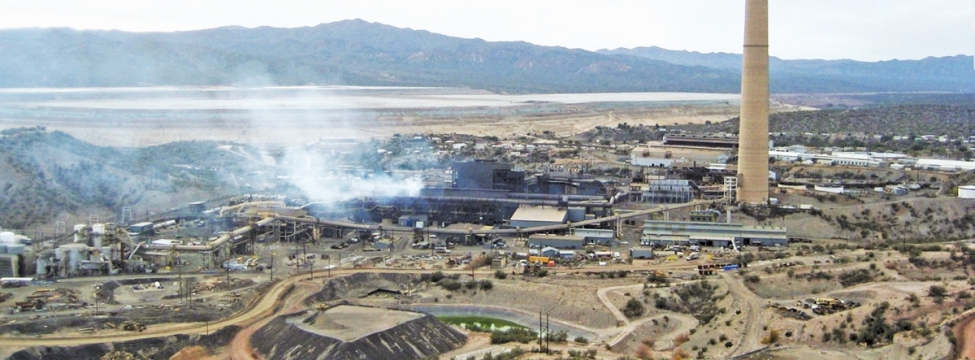To serve you better, our new website displays information specific to your location.
Please visit the site and bookmark it for future use.
You are here
SRK Kazakhstan ›Use of lead isotopes to identify contaminants in atmospheric particles
|
Download A4 | Letter |
SRK News | Issue 59:
Environmental & Social Services
Omar Felix, Environmental Engineering Consultant
Lead isotope ratios were determined in atmospheric aerosol collected at two field locations in Arizona. The lead isotopic ratios found in the fine particles at the Hayden site are similar to those of the Ray mine, which is a major ore contributor to the Hayden smelter. This suggests that lead in the fine particle fraction at Hayden may originate as condensation of smelter vapors. Topsoil samples at the Hayden site show total concentrations of Pb and As decreasing with distance from the smelter. Isotopic ratios for the sample closest to the smelter (650 m) and from topsoil at all sample locations, extending to more than 1 km from the smelter, were similar to those found in fine particles in atmospheric dust. The results validate the use of lead isotope signatures for apportioning the source of metal and metalloid contaminants transported by atmospheric particulate.
The results obtained in this work demonstrate that lead isotope analysis can be used for apportioning the source of metal and metalloid contaminants from mining operations.
On the other hand, isotope ratios at a soil depth of 100 mm decrease with distance from the smelter. These results are consistent with a contaminant deposition pattern from windblown particles from the smelter site to surrounding soils.
Omar Felix: omfelix@srk.com


